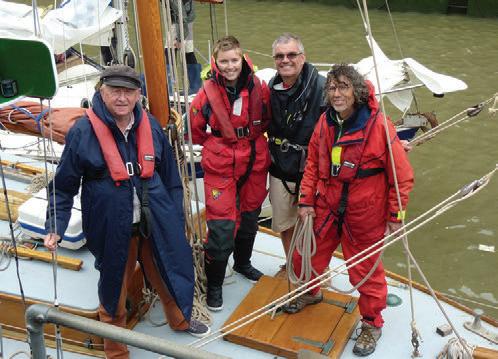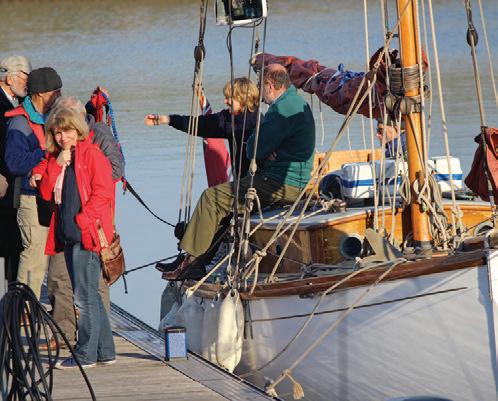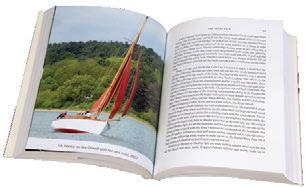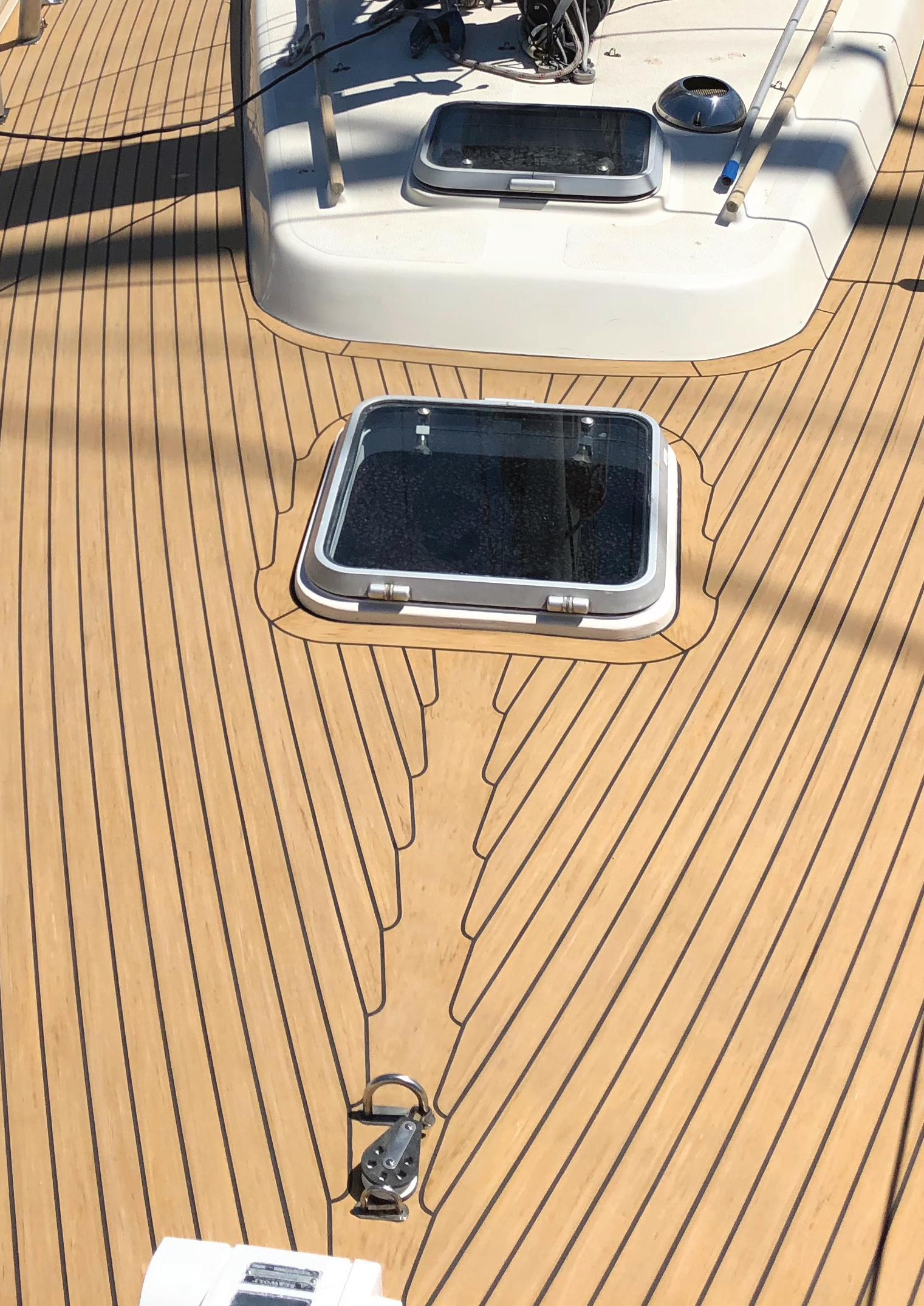
4 minute read
Sail Arthur Ransome’s Nancy Blackett
from Coastal Guide 2020
Sail Arthur Ransome’s Nancy Blackett ...we do mean to take you to sea!
Everybody on the East Coast seems to know Pin Mill, the little sailing village on the River Orwell, with its pub, the Butt and Oyster, its sailing club and its two boatyards, King’s and Webb’s. For many people, they have Arthur Ransome to thank for this, as he set the opening of We Didn’t Mean to Go to Sea here, “down the deep green lane that ended in the river itself, with its crowd of yachts”. And the most famous of these yachts is undoubtedly Ransome’s own boat, the Nancy Blackett, which in the book becomes the Goblin, the “little white cutter with red sails”. This is the boat in which the four children, John, Susan, Titty and Roger (the Swallows from Swallows and Amazons) find themselves unintentionally sailing across the North Sea to Holland.
Advertisement
Ransome bought the 28ft four-berth cruiser in

1935 when he and his Russian wife Evgenia were moving into the area, from the Lake District, in search of some sea sailing. He renamed her – she was called Electron when he found her in Poole Harbour – and sailed her round to Pin Mill through some atrocious weather, which helped give him the idea for the book.
Nancy is still sailing on the Orwell, thanks to the efforts of the Nancy Blackett Trust, which was set up over 20 years ago to look after her, following her rediscovery, derelict in Scarborough Harbour in the 1980s, and an extensive restoration.
Based at Woolverstone Marina, she is available

Respected sailor and writer Peter Willis will be forever known as founder and President of the Nancy Blackett Trust, which celebrated its 20th anniversary 2017. His book Good Little Ship explores the themes of Ransome’s rite-of-passage novel We Didn’t Mean to Go to Sea, and how it came to be written. Part maritime history, part literary criticism – and a joyous homage throughout – it’s an impeccably-researched tale of the life, near-death, rescue and restoration of the Nancy Blackett and a thoroughly engrossing read, whether you’re a lifelong lover of Ransome’s works, or only just discovering them for the first time. Photographs add life to the story, while Ransome’s drawings and own account of a voyage in her – as well as brief details of his other boats – mean this is a must-have for lovers of both boats and literature. Good Little Ship is published in paperback by Lodestar Books, £14.
for anyone to go for a sail and experience the feel of being aboard the Goblin. Trips can be short, day or half-day cruises on the Orwell, perhaps down to Harwich and back, overnighters a little further afield, or longer cruises, perhaps a week at a time, sleeping aboard. Nancy reguarly explores the East Coast and its rivers, up the Thames, down to the Solent and even across the North Sea to Holland, usually with a change of crew at some convenient port of call every Saturday. Sailing is under the charge of a qualified volunteer skipper; membership of the Trust is needed, but the modest annual subscription covers the whole family.
Ransome actually wrote two books featuring the Goblin while he lived here; the second, published win 1939, is Secret Water, set in the Walton Backwaters. He loved the area, and would sail down there in Nancy to drop anchor for a bit of peace and quiet to work on his next book – except that he was often tempted to play truant, and escape for a bit of sailing in her tender, the clinker-built dinghy Coch-y- Bonddhu. The Backwaters may be a bit less ‘undiscovered’ now than they were in Ransome’s day, but they still have an air of mystery and isolation, with a silence punctuated by bird-song. They’re still a favourite destination for Nancy Blackett crews, and certainly will be this year.

Nancy Blackett is 28ft 6in long, plus the 10ft bowsprit. She’s been painstakingly restored to make sure she is just as Ransome would have known her, and as the Goblin is described in the book: “I say, just look down,” said Titty. They looked down into the cabin of the little ship, at blue mat tresses on bunks on either side, at a little table with a chart tied down on it with string… a little white sink opposite the tiny galley where a saucepan of water was simmering on one of the two burners of a little cooking stove. She has various open days throughout the sum mer, at Woolverstone and elsewhere, so come and see her and find out more about how this humble Hillyard 7-tonner became one of the most famous boats in fiction. And if you’d like to sail her yourself, just join the Nancy Blackett Trust; it’s not expensive, and you can book a day-sail or a longer passage. •www.nancyblackett.org
75 Coastal Guide 2020 If you’d like to sail into Secret Water aboard Nancy Blackett – or anywhere else on ‘Arthur Ransome’s East Coast’ for that matter – take a look at the website (www.nancyblackett.org) and get in touch. And don’t forget, children sail free!













